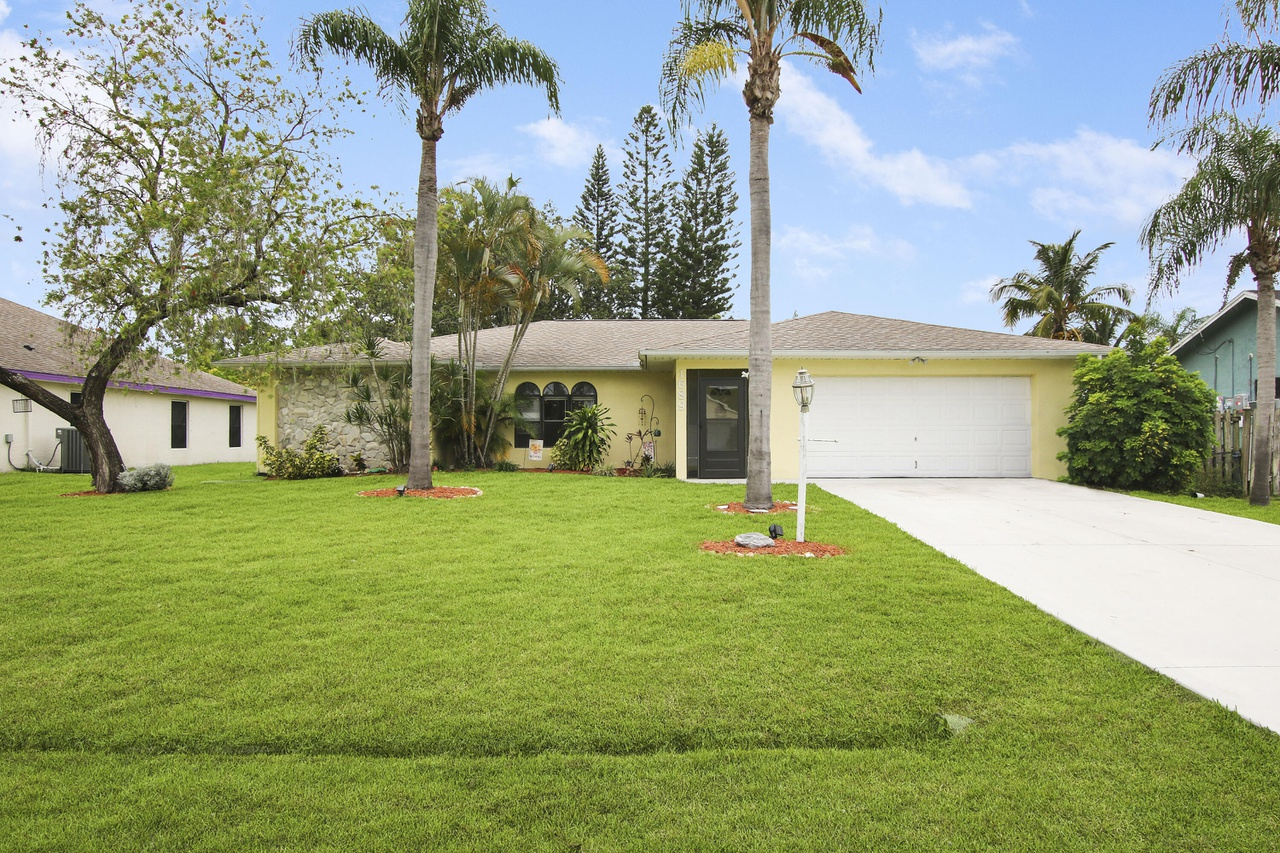Abstract
Transportation network companies (TNCs), such as Uber and Lyft, have pledged to fully electrify their ridesourcing vehicle fleets by 2030 in the United States. In this paper, Aniruddh Mohan, Matthew Bruchon, Jeremy Michalek, and Parth Vaishnav introduce AgentX, a novel agent-based model built in Julia for simulating ridesourcing services with high geospatial and temporal resolution. The authors then instantiate this model to estimate the life cycle air pollution, greenhouse gas, and traffic externality benefits and costs of serving rides based on Chicago TNC trip data from 2019 to 2022 with fully electric vehicles. They estimate that electrification reduces life cycle greenhouse gas emissions by 40–45% (9–10¢ per trip) but increases life cycle externalities from criteria air pollutants by 6–11% (1–2¢ per trip) on average across our simulations, which represent demand patterns on weekdays and weekends across seasons during prepandemic, pandemic, and post-vaccination periods. A novel finding of their work, enabled by their high resolution simulation, is that electrification may increase deadheading for TNCs due to additional travel to and from charging stations. This extra vehicle travel increases estimated congestion, crash risk, and noise externalities by 2–3% (2–3¢ per trip). Overall, electrification reduces net external costs to society by 3–11% (5–24¢ per trip), depending on the assumed social cost of carbon.
Environmental Science & Technology https://pubs.acs.org/journal/esthag via ACS https://pubs.acs.org
Volume 57, Issue 23, pages 8524–8535; Publication Date: June 1, 2023





